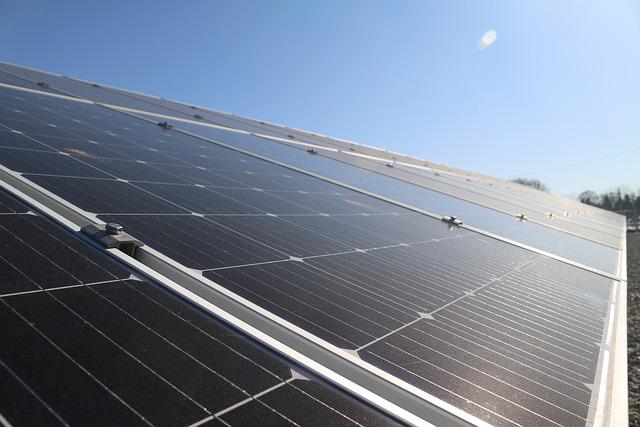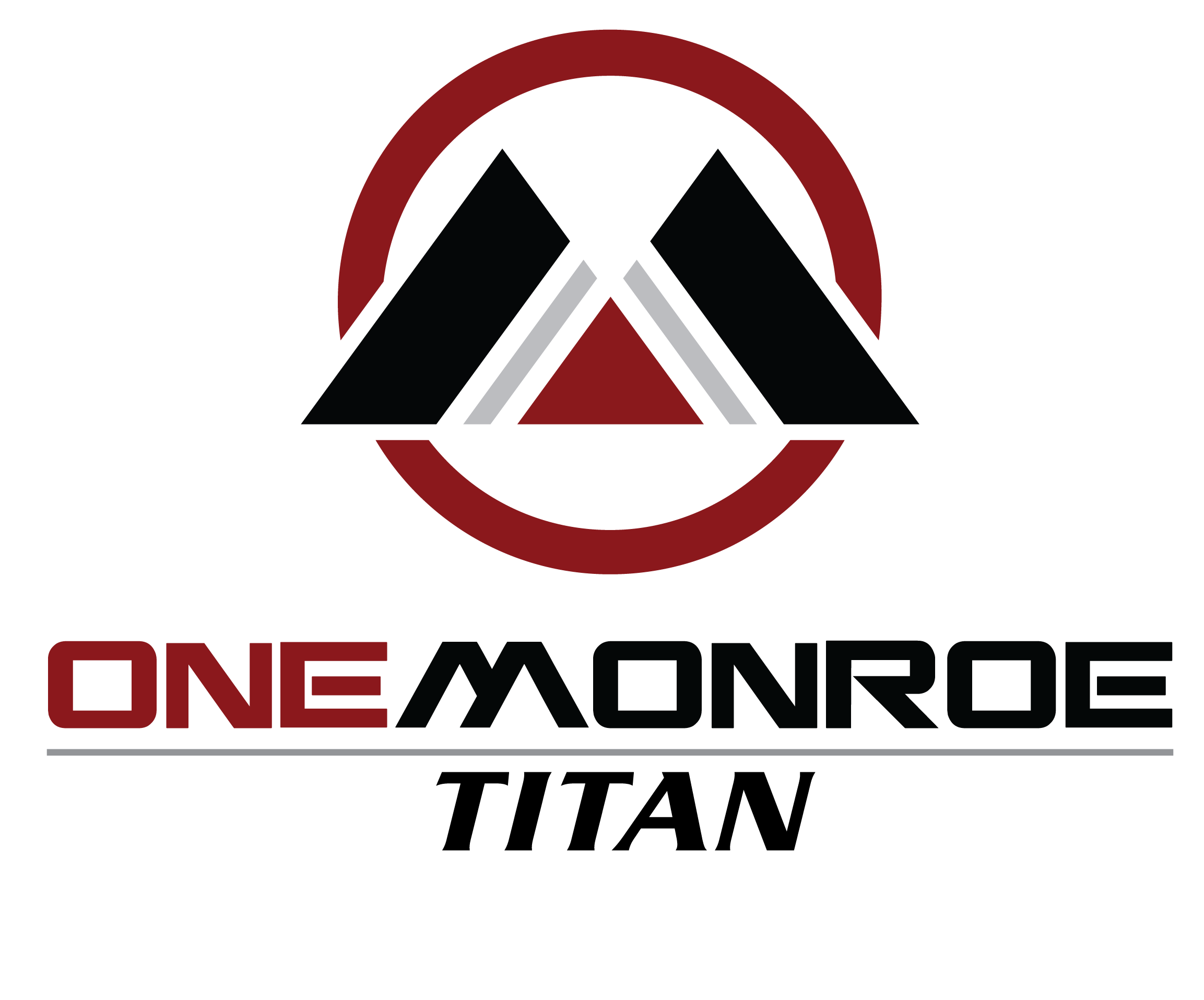
Solar power is celebrated as a clean, renewable energy source that helps reduce dependence on fossil fuels and combats climate change. However, like any technology, solar power comes with potential drawbacks, both on an industrial and personal scale. Understanding these challenges and how to address them ensures that solar power remains a viable and sustainable energy solution.
Potential Drawbacks of Solar Power
1. High Initial Costs
- Industrial Scale: Setting up large-scale solar farms requires significant investment in land, solar panels, inverters, and infrastructure.
- Personal Scale: For homeowners, installing a rooftop solar system can be expensive, even with government incentives.
Solution:
Government subsidies, tax incentives, and financing options like solar leases or power purchase agreements (PPAs) help mitigate the upfront costs. Additionally, technological advancements are driving down the cost of solar panels.
2. Intermittency
- Industrial Scale: Solar power generation depends on sunlight, making it less reliable during cloudy days or nighttime.
- Personal Scale: Home solar systems may not produce enough energy to meet all household needs consistently.
Solution:
Energy storage systems, such as batteries, can store excess solar energy for use during low-production periods. Grid-tied systems also allow users to draw power from the grid when solar production is insufficient.
3. Space Requirements
- Industrial Scale: Solar farms require large tracts of land, which can lead to habitat disruption.
- Personal Scale: Homeowners with limited roof space may struggle to install enough solar panels to meet their energy needs.
Solution:
For industrial applications, installing solar panels on degraded or unused land minimizes environmental impact. In residential settings, high-efficiency panels or community solar programs can address space constraints.
4. Material and Recycling Concerns
- Industrial and Personal Scale: The production of solar panels involves mining and manufacturing processes that can impact the environment. Additionally, the disposal or recycling of panels at the end of their lifecycle poses challenges.
Solution:
Research into sustainable materials and recycling processes is advancing, with some manufacturers offering take-back programs to recycle old panels.
5. Energy Production Variability
- Industrial Scale: Regions with less sunlight or harsh weather conditions may not be optimal for solar farms.
- Personal Scale: Homeowners in shaded areas may find solar panels less effective.
Solution:
Combining solar power with other renewable sources like wind or hydro can balance production variability. For homeowners, positioning panels optimally or trimming obstructive vegetation can improve efficiency.
Additional Considerations
- Aesthetic Concerns: Some homeowners may find rooftop solar panels unattractive. Innovative designs like solar shingles offer more aesthetically pleasing alternatives.
- Maintenance Needs: Solar systems require occasional cleaning and maintenance, particularly in dusty or snowy areas. This is relatively low-cost but necessary for optimal performance.
Conclusion
While solar power offers immense environmental and economic benefits, it is not without challenges. High initial costs, intermittency, and space requirements can pose obstacles, but advancements in technology, energy storage, and policy incentives are helping to address these issues. By understanding the potential drawbacks and exploring solutions, individuals and industries can maximize the benefits of solar power while minimizing its downsides. As the technology continues to evolve, solar energy remains a key player in the transition to a sustainable energy future.

